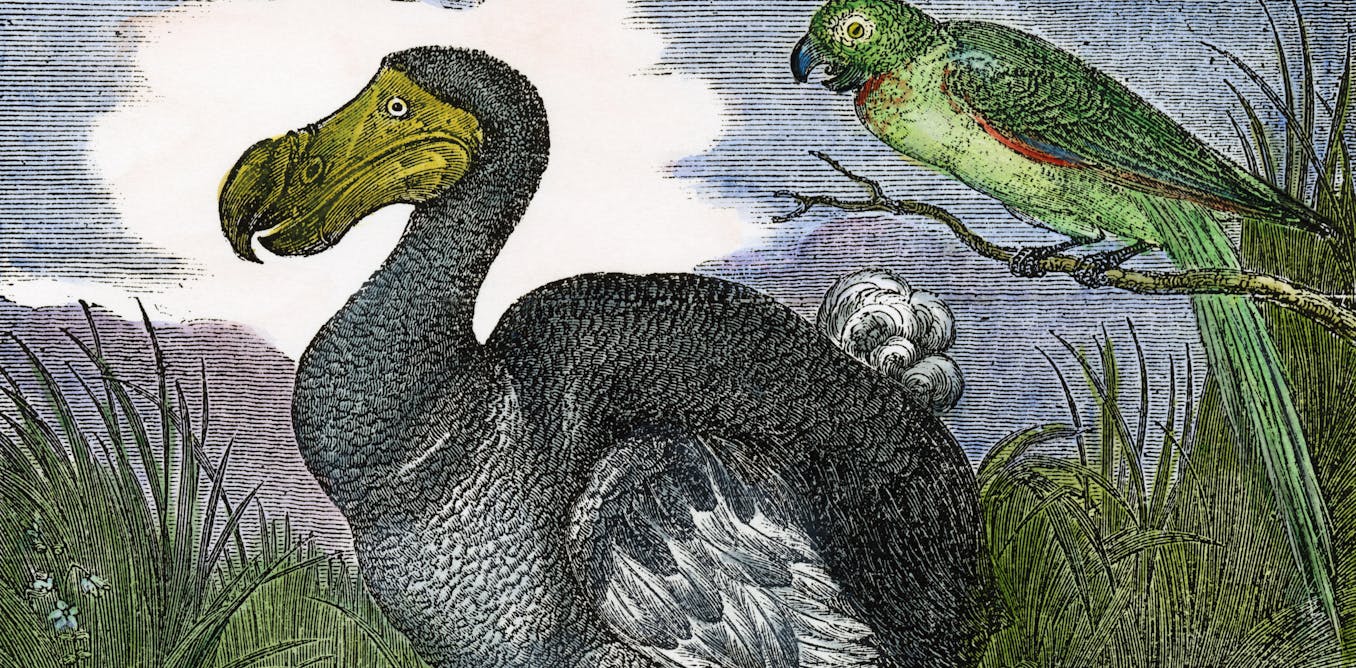A
What happened
Colossal Biosciences has made significant progress in its quest to recreate the extinct dodo by successfully culturing pigeon cells, which are crucial for gene editing. The company has grown primordial germ cells from Nicobar pigeons, the dodo's closest relative, for extended periods, allowing for DNA modifications. This breakthrough could lead to the first neo-dodos hatching within five to seven years, using gene-edited chickens as surrogates. While the project raises hopes for de-extinction, it also highlights the importance of conservation efforts for existing endangered species. The techniques developed may help preserve genetic diversity in critically endangered birds. However, challenges remain, including the need for proper ecological conditions and the ethical implications of de-extinction.
★
Key insights
-
1
Pigeon Cell Culturing
Colossal successfully cultured pigeon cells for gene editing.
-
2
De-extinction Goals
The company aims to hatch neo-dodos in five to seven years.
-
3
Conservation Implications
Techniques may aid in preserving endangered bird species.
Takeaways
The efforts to recreate the dodo may provide valuable insights for current wildlife conservation strategies.

